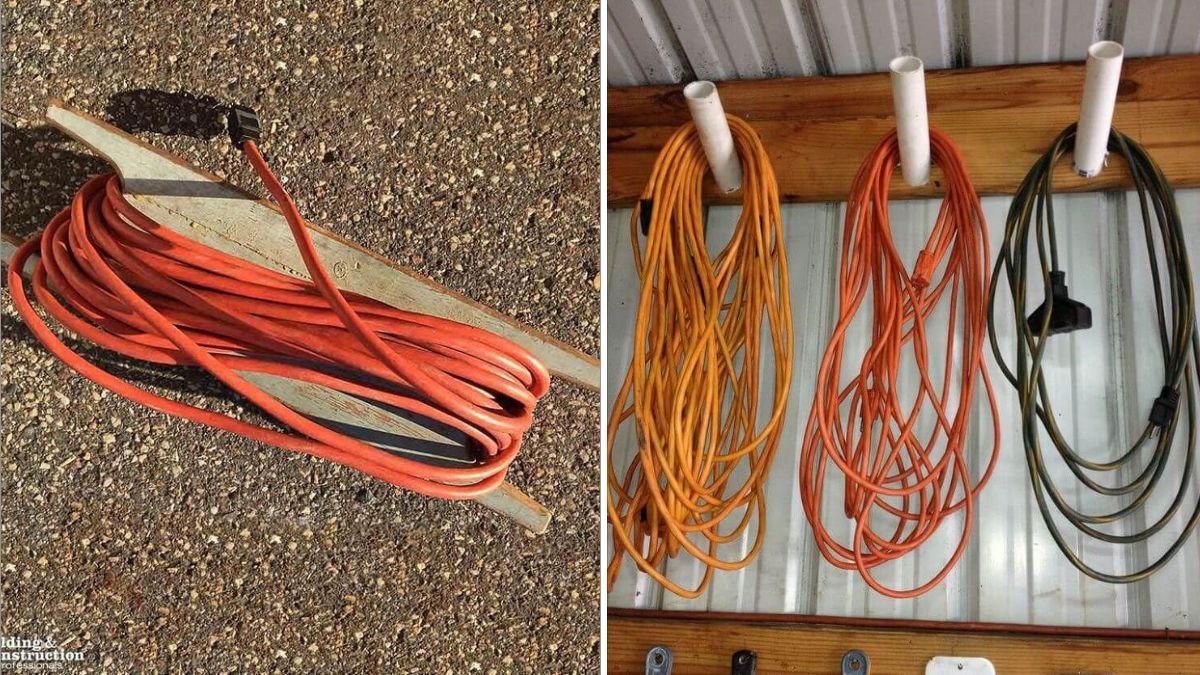Extension cords are the unsung heroes of both home projects and gardening. Whether powering up outdoor tools, lighting a workspace, or running appliances during a backyard gathering, these cords make life easier. But if you’ve ever dealt with a tangled mess of cables, you know how frustrating and time-consuming it can be. Poor storage not only shortens the lifespan of your cords but can also create safety hazards.
Fortunately, with the right techniques, you can keep your extension cords organized, easy to access, and tangle-free year-round. Here’s a detailed guide on the best ways to untangle and store extension cords properly.
Why Proper Extension Cord Storage Matters
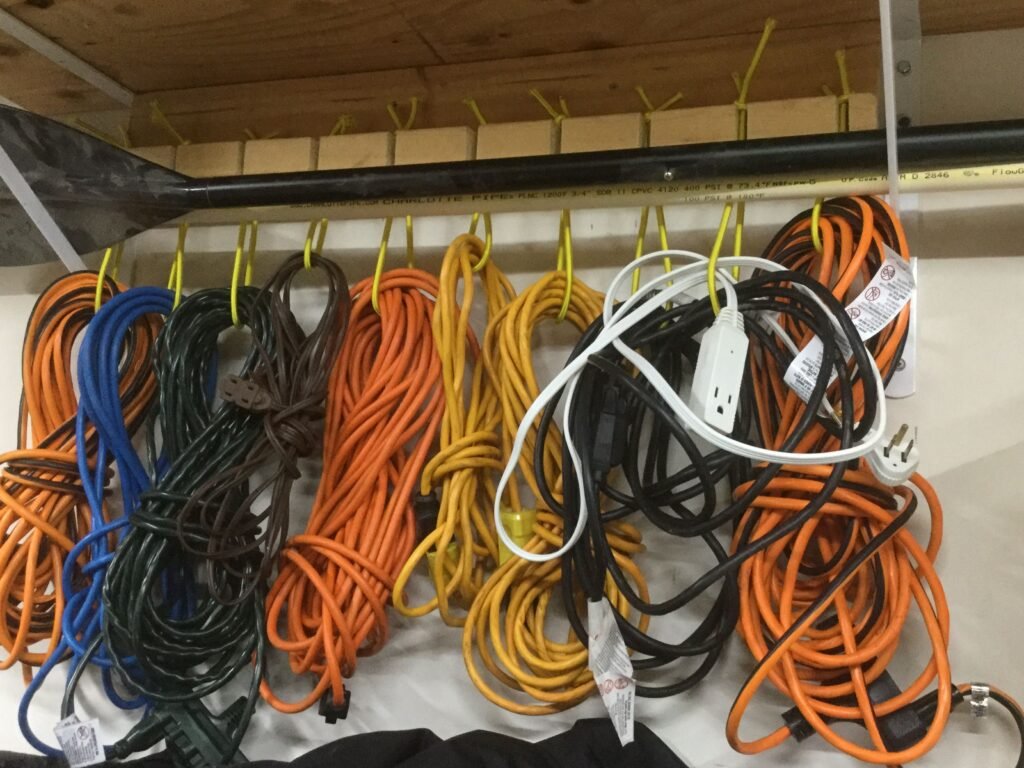
Before diving into storage techniques, let’s talk about why it’s worth the effort:
- Prevents damage: Tight knots, kinks, or bends weaken insulation and wiring.
- Saves time: No more wasted minutes trying to undo stubborn tangles.
- Increases safety: Neatly stored cords reduce tripping hazards and lower the risk of electrical shorts.
- Extends lifespan: With proper care, a quality extension cord can last for years.
Step 1: How to Untangle Extension Cords
If your cord is already in a mess, here’s how to deal with it without causing further damage:
- Lay the cord flat: Stretch it out on a driveway, garage floor, or lawn to see where tangles are concentrated.
- Work from one end: Choose the plug or socket end and slowly shake or pull out loops.
- Loosen knots gently: Never yank or force knots apart; use your fingers to separate strands without bending them too sharply.
- Use a swivel method: Sometimes twisting the entire cord clockwise or counterclockwise will help release natural kinks.
- Check for damage: As you untangle, look for cuts, exposed wires, or fraying. If damaged, replace the cord—it’s not worth the risk.
Once the cord is straightened, you’re ready to store it correctly.
Step 2: The Best Ways to Coil an Extension Cord
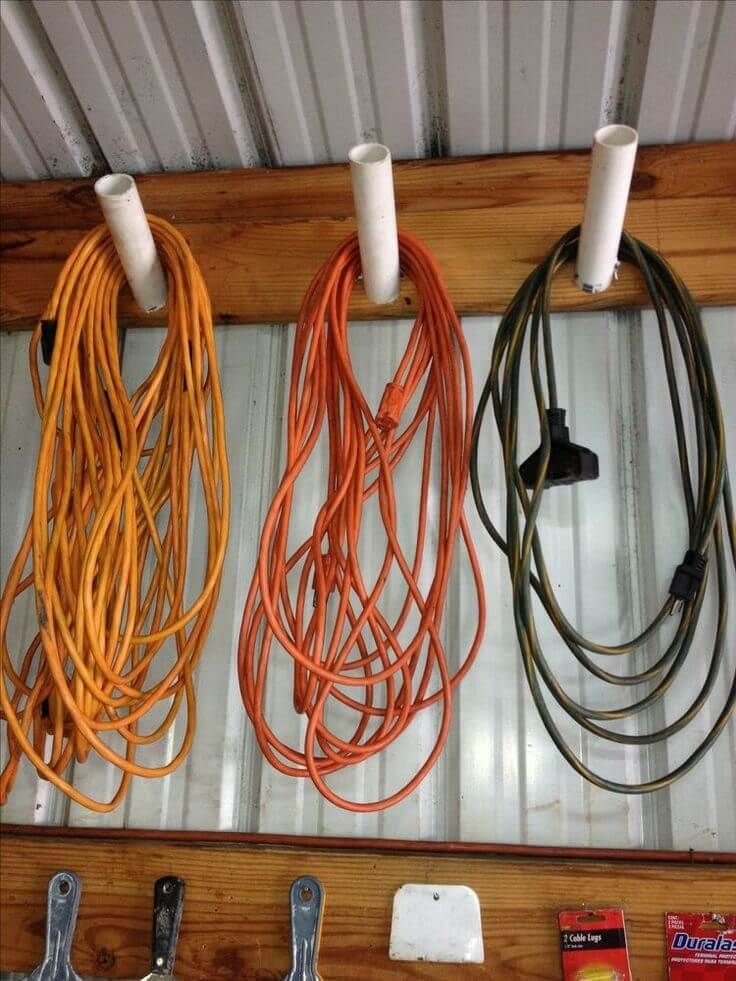
How you coil a cord determines whether it will stay tangle-free. Here are the most reliable coiling methods:
1. Over-Under Wrap (Professional Method)
This technique prevents twists and is popular among electricians and stage crews.
- Start with one end in your hand.
- Make the first loop naturally in front of you.
- For the second loop, twist your wrist inward so the cord flips.
- Repeat, alternating each loop (over, under).
Result: A cord that unwinds smoothly with no knots.
2. Elbow Wrap (Quick DIY Method)
A common way many people store cords.
- Hold one end of the cord in your hand.
- Wrap it around your elbow and hand, forming loops.
- Once done, slide the loops off and secure with Velcro straps or twine.
This method is simple but may cause some twisting over time.
3. Figure-Eight Wrap
Great for long cords and preventing tangles.
- Stretch your arm out and loop the cord in a figure-eight pattern across your hand and elbow or between two posts.
- Tie or strap it in the middle.
Figure-eight wrapping distributes tension evenly, keeping the cord kink-free.
Step 3: Securing the Cord
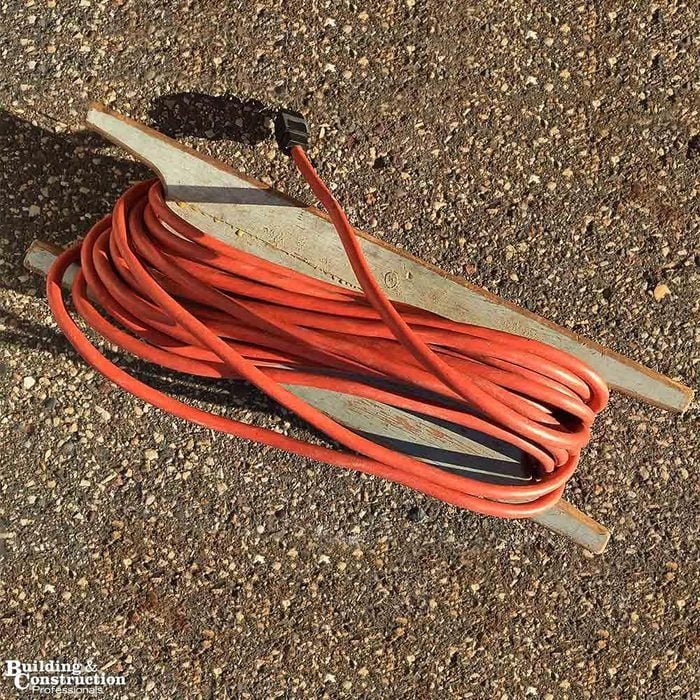
No matter which wrapping method you choose, securing the coil is key:
- Velcro straps: Reusable, adjustable, and durable.
- Twist ties or reusable zip ties: Budget-friendly and effective.
- Hook-and-loop cord wraps: Designed specifically for extension cords.
- Built-in cord clips: Some cords come with their own clip or strap—use them!
Avoid using duct tape—it leaves sticky residue that attracts dust and dirt.
Step 4: Storage Solutions for Extension Cords
Now that your cord is coiled and secured, it’s time to store it in a way that’s safe and accessible.
1. Wall Hooks or Pegboards
- Install heavy-duty hooks in your garage or shed.
- Hang cords individually to avoid tangling with others.
- Pegboards with hooks keep everything organized and visible.
2. Cord Reels
- Manual or retractable reels make storage and usage simple.
- Perfect for longer cords (50–100 feet).
- Keeps cords neat, prevents knots, and allows fast unwinding.
3. Buckets or Totes
- Coil the cord neatly and place it inside a labeled bucket.
- Ideal for storing multiple cords of different lengths.
4. Overhead Storage
- Run PVC pipes or large hooks along the ceiling of your garage.
- Great for keeping cords off the floor and out of the way.
5. Cord Organizers and Bags
- Fabric storage bags designed for cords keep them dust-free.
- Excellent for keeping outdoor cords separate from indoor ones.
Step 5: Extra Tips for Cord Care
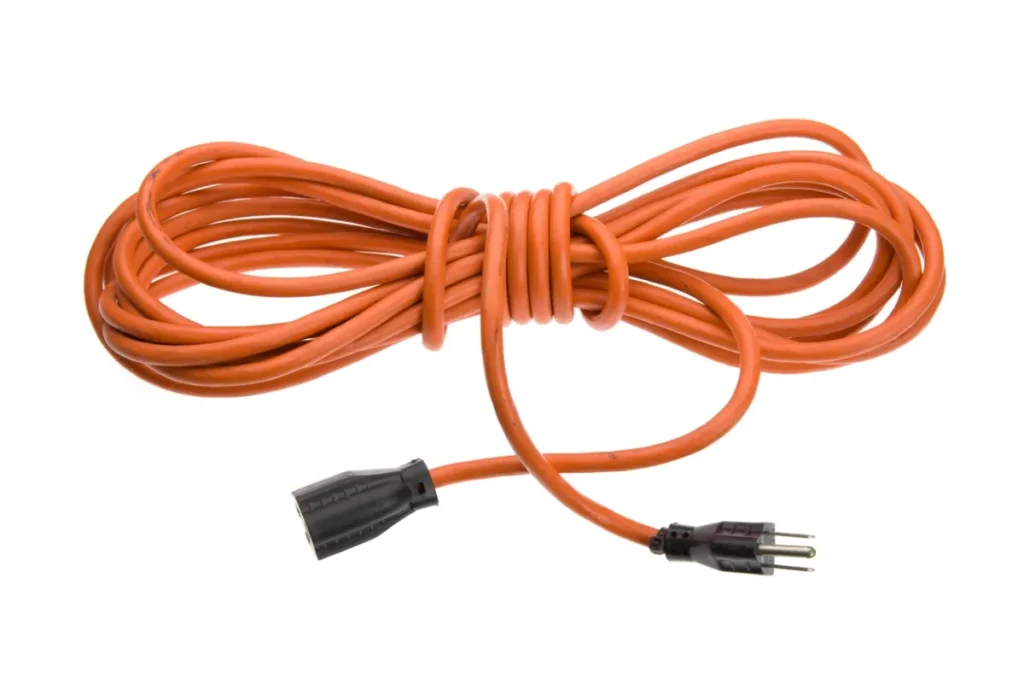
- Never store cords wet: Always dry them before coiling to avoid mildew or electrical hazards.
- Avoid sharp bends: Kinks weaken the insulation and wiring.
- Keep cords off the ground: Reduces exposure to pests, moisture, and dirt.
- Label cord lengths: Use masking tape or permanent labels to identify cord size at a glance.
- Rotate use: If you own multiple cords, rotate them so wear is evenly distributed.
Common Mistakes to Avoid
- Throwing cords in a pile: Guaranteed tangles and damage.
- Wrapping too tightly: Puts stress on the wires inside.
- Leaving cords plugged in: Increases risk of fire or shock, especially with outdoor cords.
- Exposing cords to sunlight long-term: UV rays break down insulation over time.
Final Thoughts
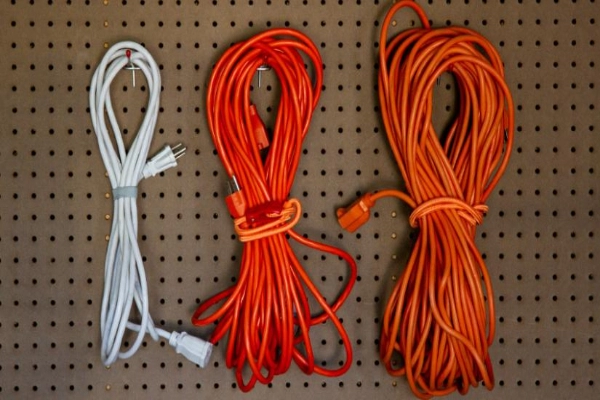
Extension cords are simple tools, but without proper care, they can quickly become a headache—or even a safety hazard. By untangling carefully, coiling correctly, securing with straps, and storing in a clean, dry location, you’ll save time and extend the life of your cords.
Whether you’re a weekend DIYer, a gardener, or just someone who hates wrestling with knots, adopting these storage habits will make your extension cords last longer, stay safer, and always be ready for your next project.
With just a few extra minutes of care, you’ll never have to deal with the frustration of tangled cords again
